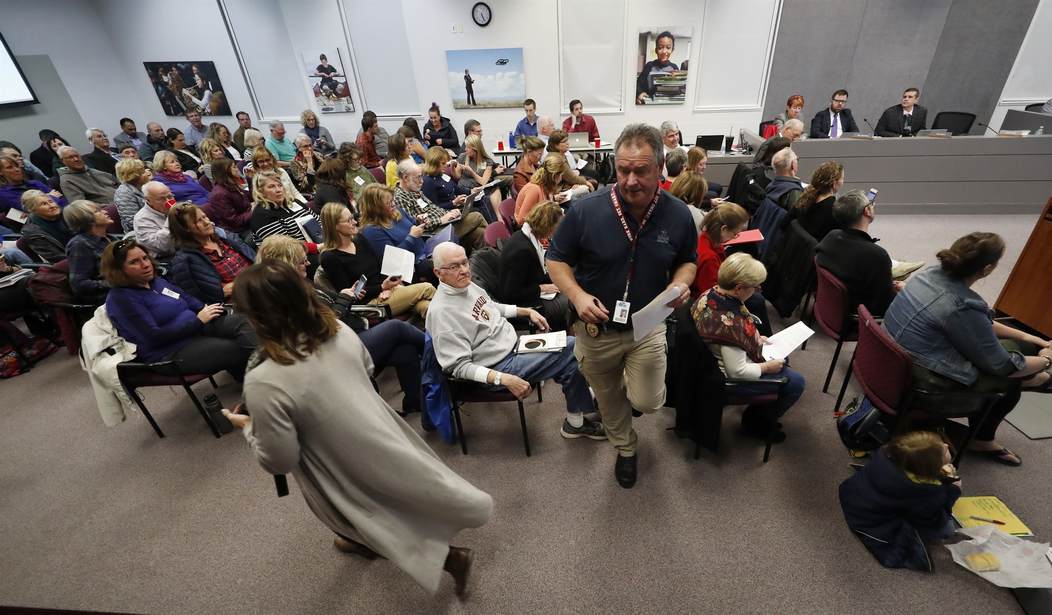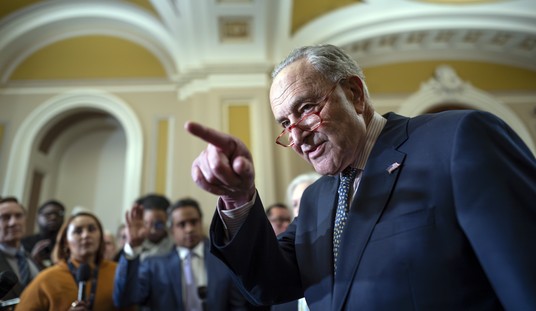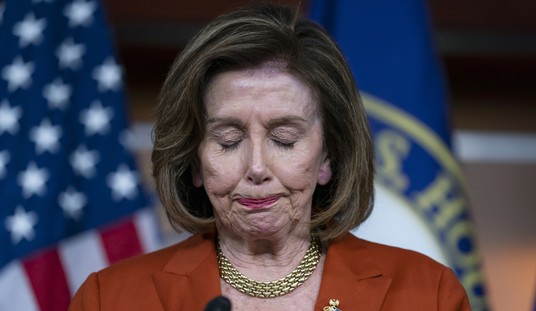The office of Iowa Governor Kim Reynolds announced that since the opening of the application window to apply for Iowa’s Students First Education Savings Account (ESA)—the state’s new school voucher program—more than 29,000 Iowans have rushed to apply. The program is one of the most revolutionary voucher programs in the country and was bitterly opposed by the teachers union to the very end.
“The tremendous response from Iowa families demonstrates there’s both a need and a strong desire for school choice in our state,” said Reynolds, a Republican. “Allowing parents to choose the education that’s best for their children levels the playing field and creates equal opportunities for Iowa’s students.”
Unfortunately, there are only 9,000 spots open in private schools this year, so most applicants will lose out. But the number of open slots will rise over the next three years until it is expected that anyone who applies and is eligible will be accepted.
The numbers far exceed state projections that predicted just 14,068 students would be approved to receive education savings accounts in the program’s first year.
Families who are approved to receive education savings accounts will receive $7,635 per student for the 2023-2024 school year.
The new state-funded accounts can be used to pay private school expenses, starting with tuition and fees. Reynolds made the program the centerpiece of her legislative agenda this year, signing the law in January.
Funding every application that has already been approved would cost the state $133.5 million. That number will rise as more applications are approved.
According to The Register, “Sixty percent of the 17,481 approved applications are for students who already attend an accredited private school, while 40% are for students planning to move from public to private school this year. The 40% includes incoming kindergarteners.”
Related: Ron DeSantis Notches Another Huge Win
Families with a household income below $90,000 a year, or 300% of the federal poverty line, will be eligible.
The state won’t have the full picture of education savings account participation and the financial impact on public schools until school districts report their certified enrollment to the state in early October.
Public school districts will receive $1,205 in state money for every private school student receiving an education savings account within the public district’s boundaries. However, public schools would lose the $7,635 in per-pupil funding from the state for every student who switches from public to private school.
As the program progresses, we might expect some funding shortages for public schools as districts will be extremely reluctant to lay off teachers and other union employees. But as far as motivation to make public schools compete to do better, I wouldn’t hold my breath.










Join the conversation as a VIP Member